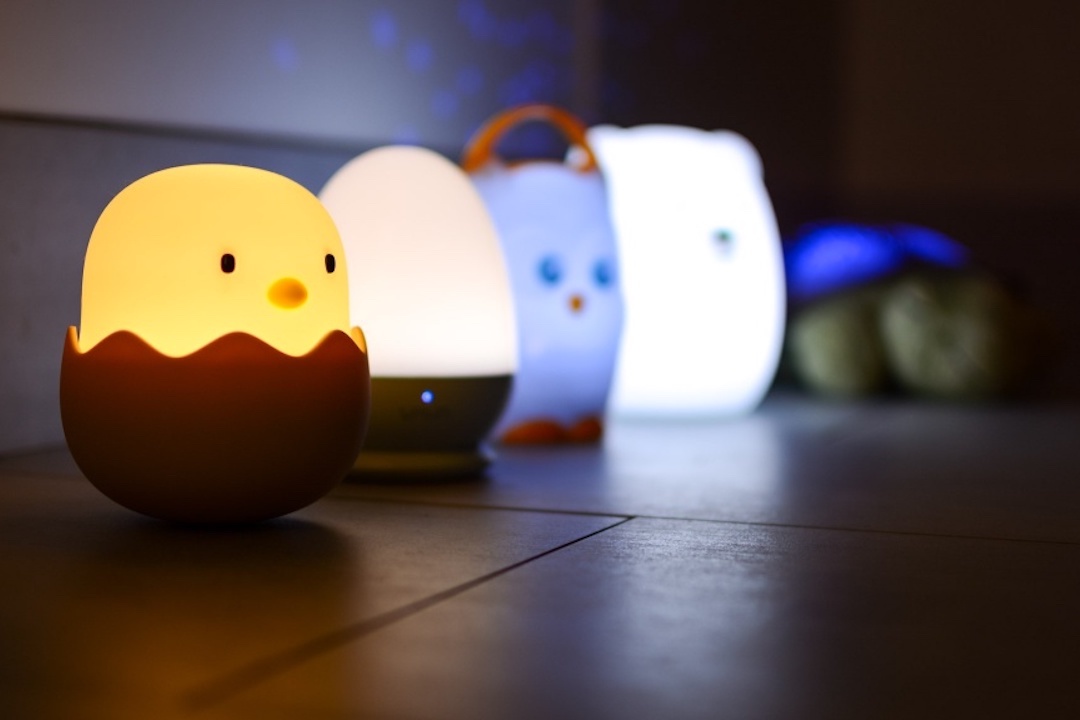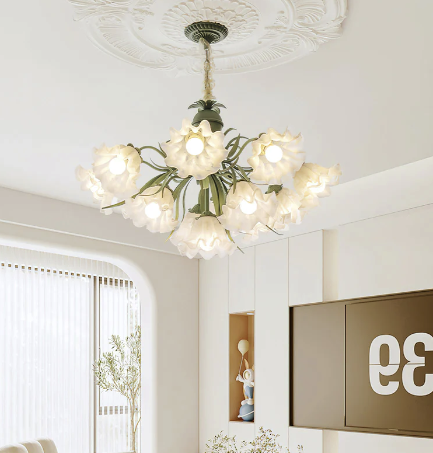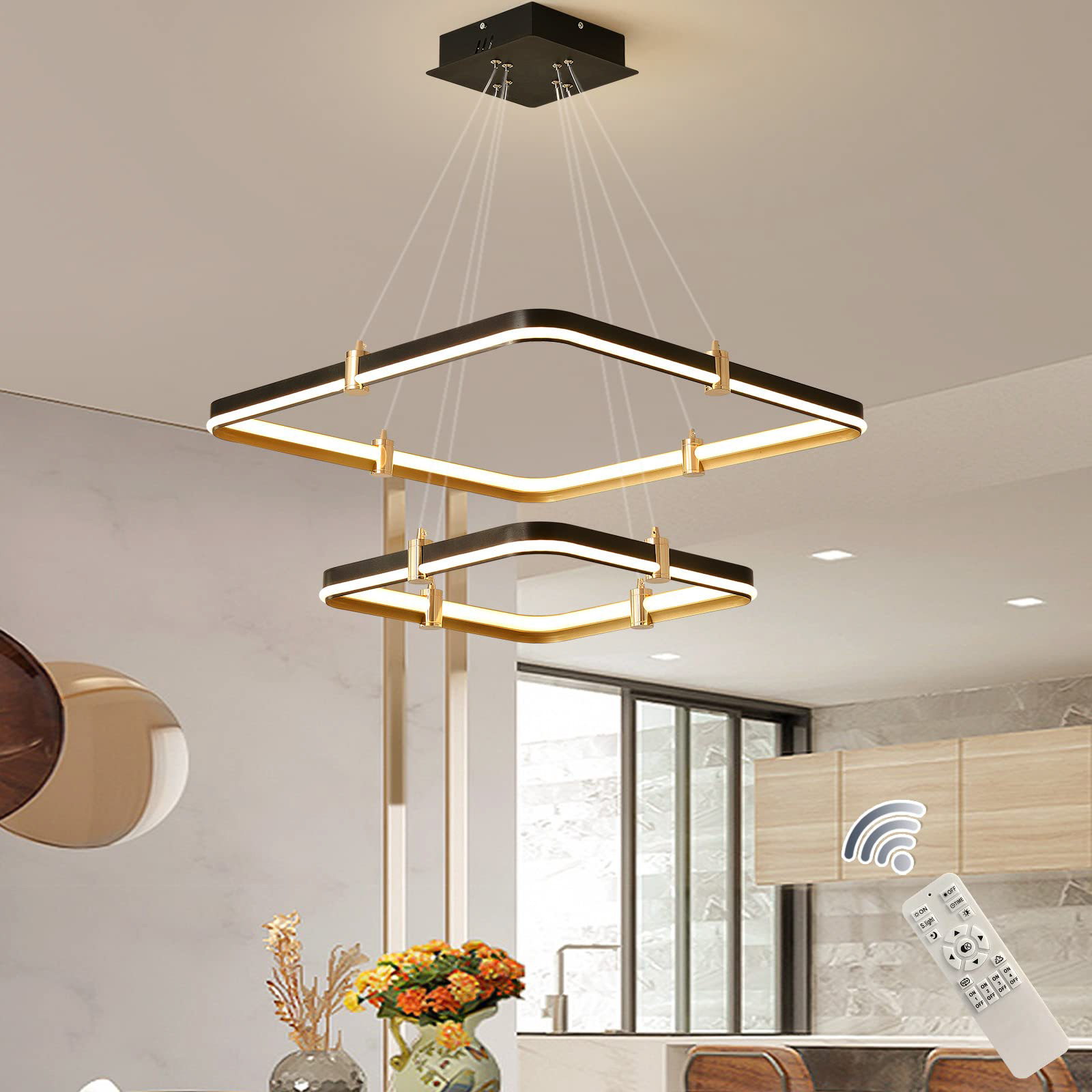The Basics of LED Bulbs
Light-emitting diode (LED) bulbs have become increasingly popular due to their energy efficiency, longevity, and versatility. LEDs are electronic devices that emit light when electricity flows through them. They differ from traditional incandescent bulbs that produce light by heating a filament until it glows. LEDs can produce various colors of light, depending on the materials used in the diode.
LED bulbs consist of several parts, including the semiconductor chip, reflector, lens, and heat sink. The semiconductor chip is the heart of the LED, responsible for emitting light. The reflector directs the light to where it is needed, while the lens diffuses the light to create an even glow. The heat sink helps to dissipate the heat generated by the LED, ensuring that it doesn’t overheat and fail prematurely.
Color Temperature
One of the most critical aspects of LED bulbs’ light is color temperature. Color temperature is measured in Kelvin (K) and indicates the warmth or coolness of the light emitted by the bulb. Lower Kelvin temperatures (below 3000K) produce warm, yellowish light similar to that of incandescent bulbs. Higher Kelvin temperatures (above 5000K) produce cool, bluish light that mimics the natural light in the sky.
For example, a bulb with a color temperature of 2700K emits a warm, yellowish light that is ideal for creating a cozy and relaxing atmosphere in living rooms, bedrooms, and restaurants. On the other hand, a bulb with a color temperature of 5000K or higher produces a cool, bluish light suitable for task lighting, such as in offices and workshops.
Color Rendering Index
Another critical aspect of LED bulbs’ light is the color rendering index (CRI). CRI measures how accurately a bulb renders colors compared to natural light (which has a CRI of 100). The higher the CRI, the more accurately the bulb shows colors.
For example, a bulb with a CRI of 80 displays colors accurately enough for most everyday use. However, for tasks that require highly accurate color rendering, such as photography or painting, bulbs with a CRI of 90 or higher are recommended.
The Importance of Choosing the Right Light Color
Choosing the right color of light for your space is crucial, as it can significantly impact your mood, productivity, and even physical health. For example, warm, yellowish light can make a room feel cozy and inviting, while cool, bluish light can make a room feel sterile and uninviting.
Additionally, exposure to certain light colors at specific times of the day can affect our circadian rhythm, which regulates our sleep-wake cycle. Exposure to cool, bluish light at night can disrupt our natural sleep patterns, while warm, yellowish light can make us feel relaxed and ready for sleep.













